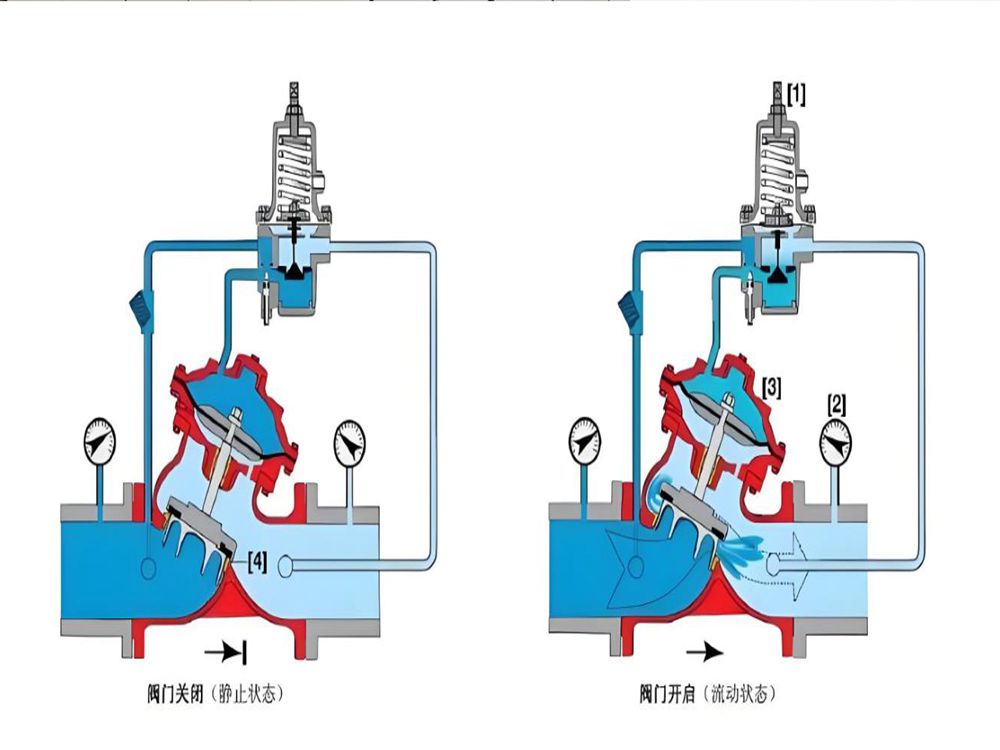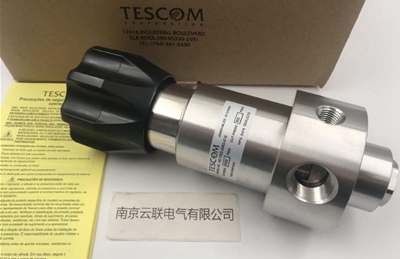 \
\
What is the difference between pressure switch and pressure reducing valve?
In industry and daily life, pressure switches and pressure reducing valves are common pressure control devices, but they have significant differences in working principles, structural composition, functional focus, application scenarios, selection points, and advantages and disadvantages. Next, we will explore in detail the differences between these two.
1、 Differences in working principles
Pressure switch: Its working principle is relatively simple and direct. When the pressure inside the system is higher or lower than the rated safe pressure, the disc inside the sensor of the pressure switch will move. This movement will push the switch connector to achieve on/off, thereby achieving the purpose of controlling pressure. It can be said that a pressure switch is like an “alarm” that quickly responds when there is abnormal pressure.
Pressure reducing valve: It controls pressure by adjusting the opening of the valve. When high-pressure fluid enters the pressure reducing valve, it is reduced to the required pressure through the internal regulating mechanism and the output pressure is maintained stable. It is more like a “regulator” that continuously and stably outputs the set pressure.
2、 Differences in structural composition
Pressure switch: usually composed of key components such as sensors, guide rods, switch connectors, etc. These components work together to ensure accurate perception and rapid response to pressure changes.
Pressure reducing valve: Its structure is relatively more complex, including numerous components such as springs, pressure regulating membranes, pistons, valve seats, valves, and guide plates. These components work together to regulate and stabilize pressure.
3、 Differences in functional emphasis
Pressure switch: Its main function focuses on monitoring and controlling pressure, achieving switch action. Once the pressure exceeds the set range, it will immediately send a signal or perform corresponding switch operations to protect the safety of the system.
Pressure reducing valve: focuses on regulating and stabilizing pressure, ensuring that the output pressure always meets specific requirements and providing a stable pressure environment for the system.
4、 Comparison of application scenarios
Pressure switch: Due to its ability to quickly respond to pressure changes and perform switch operations, it is widely used in pressure protection control of household, commercial, automotive refrigeration systems, and various industrial equipment. For example, in a household air conditioning system, when the pressure is too high or too low, the pressure switch will cut off the power supply to protect the equipment from damage.
Pressure reducing valve: It is more suitable for fields that require precise pressure control, such as petroleum, chemical, metallurgical and other industries. In these fields, high precision and stability are required for pressure, and pressure reducing valves can leverage their advantages to ensure the normal operation of the system.
5、 Differences in selection criteria
Pressure switch: When selecting, factors such as explosion-proof requirements, number of contacts, set values, and pressure range need to be considered. For example, in flammable and explosive environments, pressure switches with explosion-proof functions must be selected; For systems that require multiple control points, pressure switches with multiple contacts should be selected.
Pressure reducing valve: When selecting, special attention should be paid to factors such as pressure, temperature, flow rate, operating environment, and accuracy. For example, in high-temperature environments, it is necessary to choose pressure reducing valves that can withstand high temperatures; For systems with significant flow changes, it is necessary to choose pressure reducing valves with strong flow adaptability.
6、 Comparison of advantages and disadvantages
Pressure switch: The advantages are rapid response, simple structure, easy installation and maintenance. But its disadvantages are also quite obvious, that is, the accuracy is relatively low and cannot achieve precise pressure control.
Pressure reducing valve: Its advantages are high pressure reducing accuracy and wide control range, which can meet the requirements of high pressure control in situations. However, its structure is complex, the price is high, and installation and maintenance are relatively complicated.
In summary, although pressure switches and pressure reducing valves are both devices used for pressure control, suitable devices need to be selected according to specific needs in different application scenarios. Only by fully understanding their characteristics and differences can we better play their role and ensure the safe and stable operation of the system.



 \
\
